Diaphram valves, more properly known as diaphragm valves, are inline devices that utilize a membrane to transect a pipe completely or partially in order to regulate the flow of liquid, gaseous or semi-solid process streams. While a number of different valves are widely available to perform this task, the use of an elastomeric diaphragm in these particular valves significantly reduces both cost and the risk of leaks. Read More…
It is our primary goal that we are able to treat each and every customer as if they were number one in hopes of turning first time customers into lifelong connections as well as to exceed customer expectation one hundred percent of the time in order to keep you coming back to us for all of your diaphragm valve needs! To receive more information about our company get in touch with our customer...

At Aquamatic, we take pride in our commitment to engineering excellence and innovation. Our expertise lies in the design and production of cutting-edge diaphragm valves that set industry standards. With a rich history of delivering top-notch solutions, we, at Aquamatic, are dedicated to providing unparalleled performance and reliability in fluid control.

Watson-Marlow Fluid Technology is a leader in the diaphragm valve industry. Our expert team works side by side with our customers to ensure that our products fit their needs. For more information about our diaphragm valves, visit our website or give us a call today!

We manufacture a variety of butterfly control valves—stainless steel, lug, wafer butterfly valves, standard, custom, shut-off and more. ITT knows the various chemical, fluid and gas processes and engineers products accordingly. Our brand names include Fabri-Valve®, Richter™, Pure-Flo®.

More Diaphram Valve Manufacturers
Process valves such as these are capable of starting, stopping and modifying flow rates and pressures as well as ensuring the proper flow directionality. These tasks can be performed through the use of automated systems as with electrical, hydraulic and pneumatic diaphragm valves. Alternatively, manually operated membrane valves are also widely available. In simplified terms, when the diaphragm is engaged by any of the aforementioned actuating devices, the diaphragm or membrane is stretched to the opposite side of the valve.
This effectively forms a barrier. The chemical composition of a process valves flow as well as the material construction of each diaphragm valve component should be carefully considered as incompatible materials can lead to mechanical failure or malfunction as well as product contamination. Compatible valve materials include polypropylene, ethylene, copper, brass, stainless steel, PVC, CPVC and other durable and chemically resistant materials.
The function and design of a diaphragm valve is relatively simple. The body of the valve is a cylindrical or spherical device that is attached to the necessary piping. This compartment houses the actuating device and stem or rod. Placed directly in front of the rod is the diaphragm. On the opposite side of the pipe is a raised bump.
When the compressed air, hydraulic fluids or manual turning engage the stem it presses down on the diaphragm which is stretched to the desired depth. To shut off flow completely, the diaphragm must cover the entire diameter. When the valve is open the stem retracts and the diaphragm returns to its relaxed position allowing fluids, gases and particulates to pass freely below.
In addition to the material construct of a diaphragm valve, it is important to consider media type, temperature and pressure ratings, frequency of operation, diameter and other dimensions, required end connections and process stream velocity. Diaphragm valve manufacturers and retailers can provide helpful insight and should be consulted before purchasing or installing such a device if any uncertainty persists. Proper installation of a suitable valve provides a reliable and leak proof flow control device to any plumbing or material transport operation.





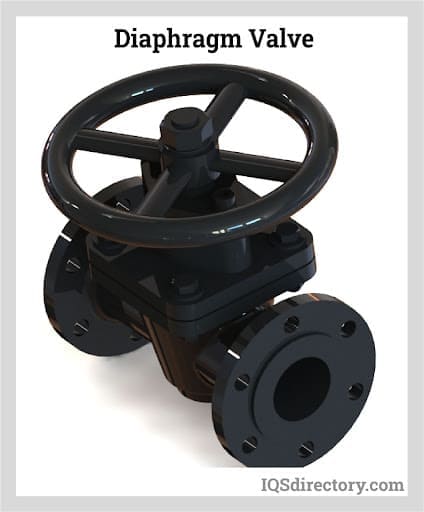
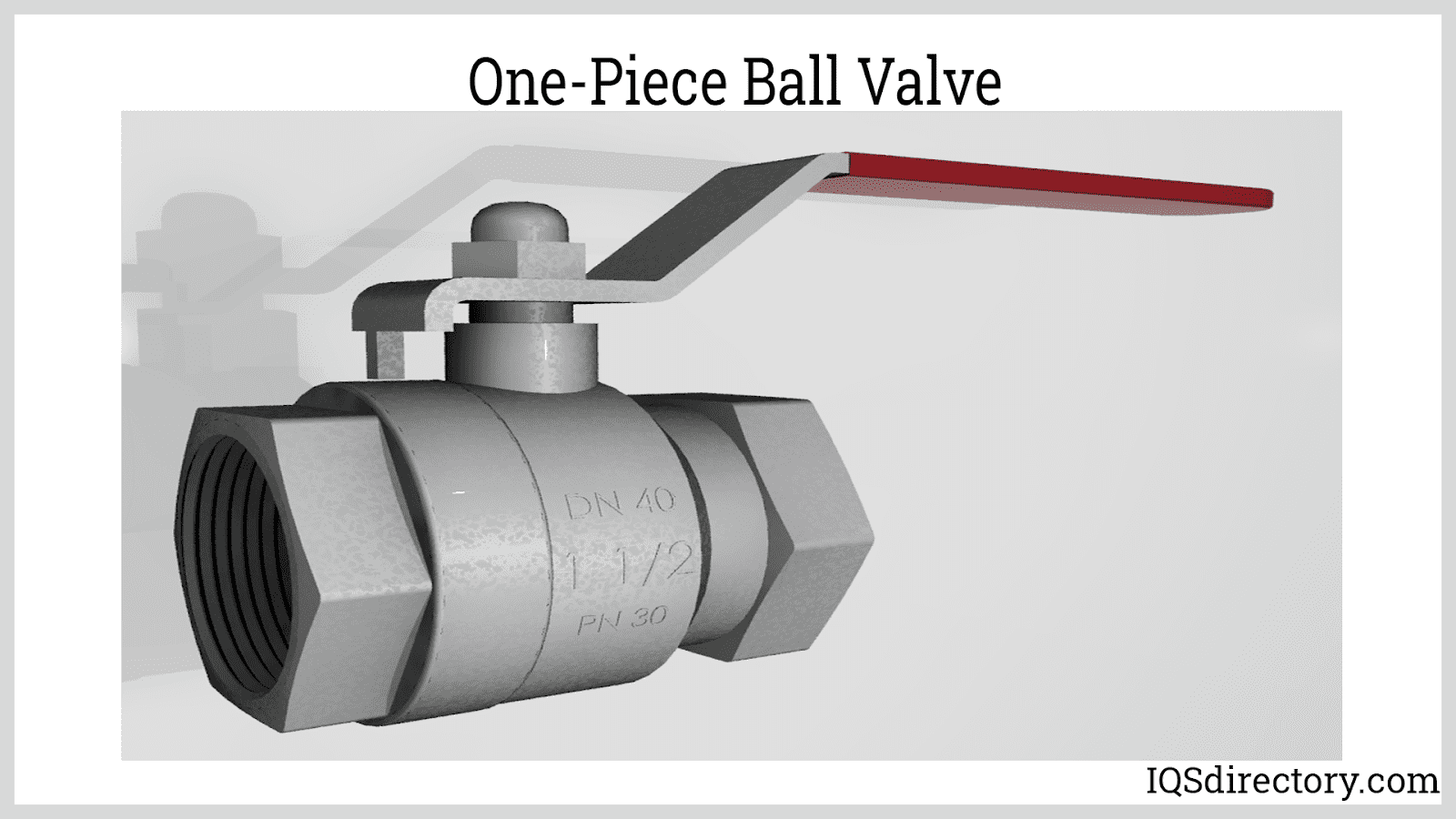
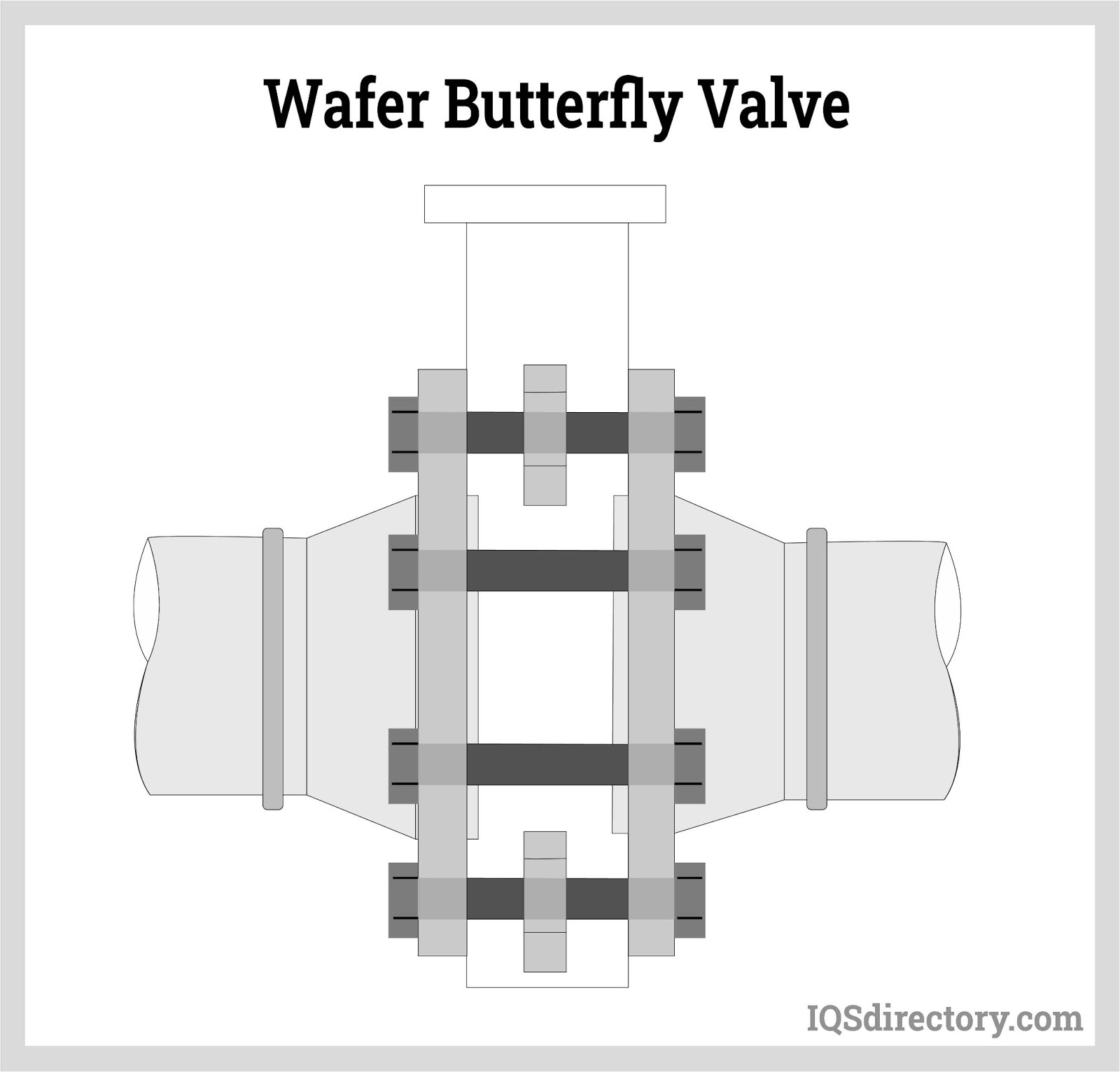
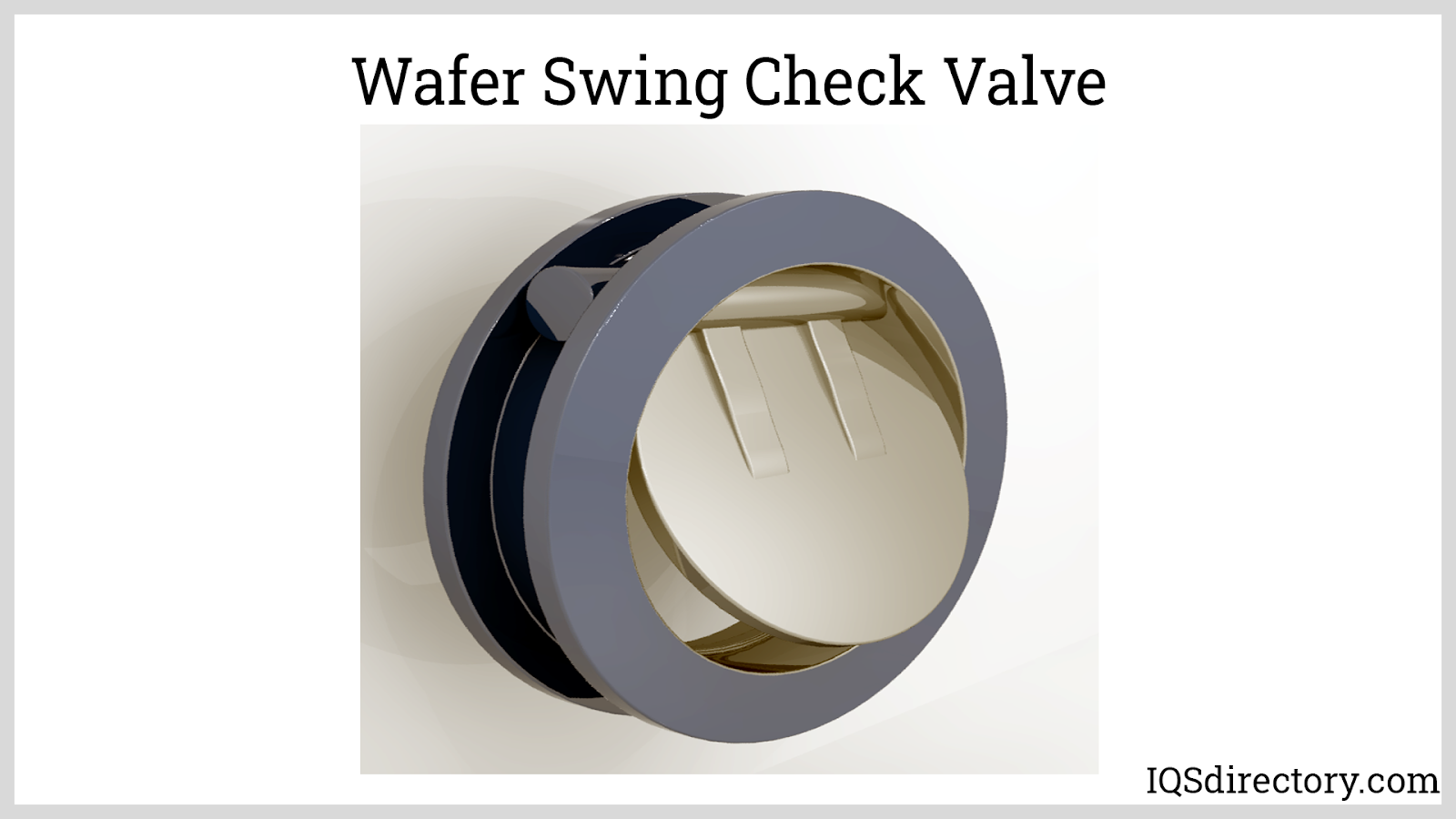
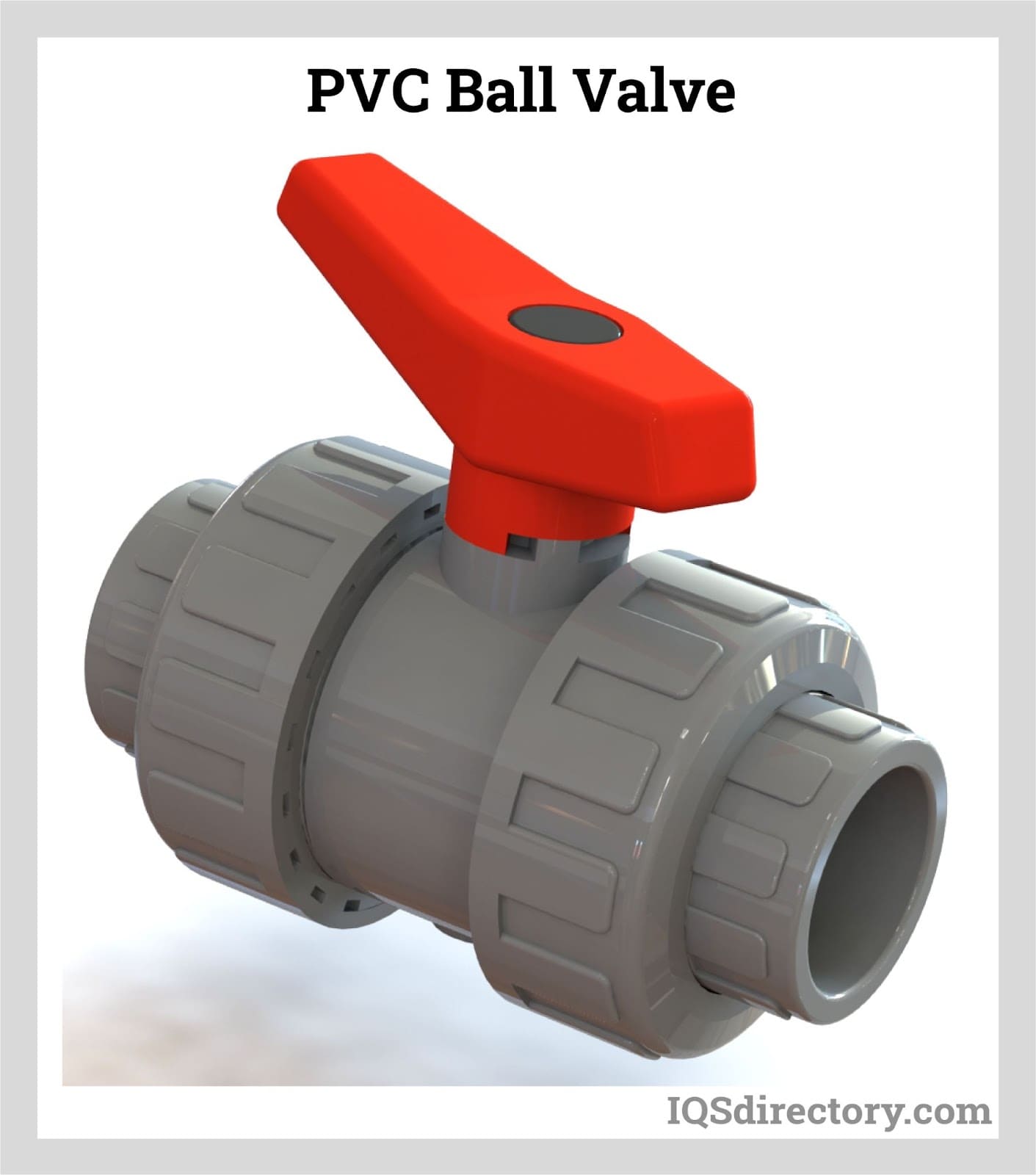
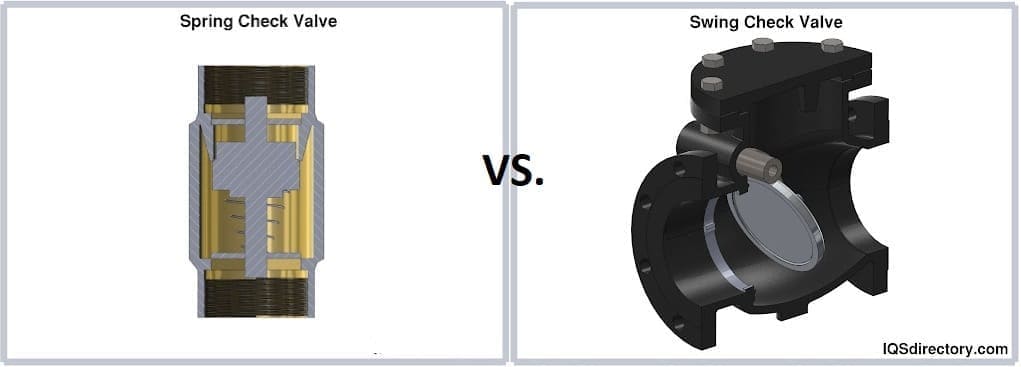
 Ball Valves
Ball Valves Butterfly Valves
Butterfly Valves Centrifugal Pumps
Centrifugal Pumps Check Valves
Check Valves Diaphragm Valves
Diaphragm Valves Flow Meters
Flow Meters Hydraulic Pumps
Hydraulic Pumps Hydraulic Valves
Hydraulic Valves Metering Pumps
Metering Pumps Solenoid Valves
Solenoid Valves Vacuum Pumps
Vacuum Pumps Castings & Forgings
Castings & Forgings Bulk Material Handling
Bulk Material Handling Electrical & Electronic Components
Electrical & Electronic Components Flow Instrumentation
Flow Instrumentation Hardware
Hardware Material Handling Equipment
Material Handling Equipment Metal Cutting Services
Metal Cutting Services Metal Forming Services
Metal Forming Services Metal Suppliers
Metal Suppliers Motion Control Products
Motion Control Products Plant & Facility Equipment
Plant & Facility Equipment Plant & Facility Supplies
Plant & Facility Supplies Plastic Molding Processes
Plastic Molding Processes Pumps & Valves
Pumps & Valves Recycling Equipment
Recycling Equipment Rubber Products & Services
Rubber Products & Services